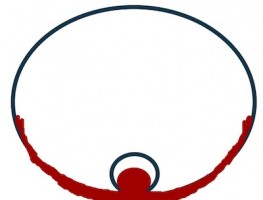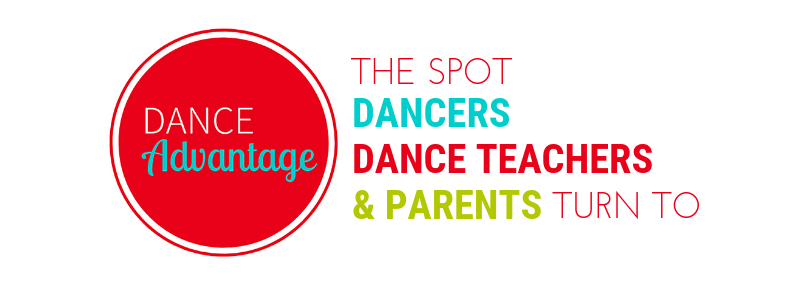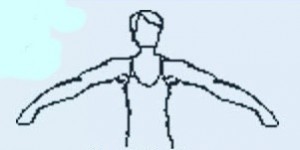Though it may be where a dancer’s arms spend most of their time, second is the arm position that dancers struggle with most.
It’s more than just holding the arms out to the side, so here are some tips to help improve your second position.
If these help or if you have some of your own, be sure to add them to the comments.
Forget your arms for a moment
If you want to create a good second position; if you want to carry your arms to and from the proper shapes in dance; if you want it to look and feel easy and free, your alignment (or placement of the body) is the first step.
I won’t go too much into proper alignment here but do all of those things your teacher reminds you about:
- Stand tall and imagine space between each vertebrae in your spine (including the ones in your neck)
- Activate your abdominal muscles as if you have laces up the front which you gently tighten bringing the belly button closer to your spine
- Let your shoulders fall back and down with arms hanging easily at your sides
- Stack the body with your ear lobes over your shoulders, your shoulders over your hips, your hips over knees and ankles
Remember these things all the time as you dance or while you stand around. This all by itself will help to strengthen your core muscles for dancing and for creating the “pictures” we make in dance with our body.
This is where it all begins. Without good alignment and strong core muscles, it will be difficult to make a picture like second position.
What To Do
While standing with good placement as above:
- Lift the arms straight out to the side at shoulder height.
- Turn the palms forward, with the thumb flattened down between the first and second finger. Your fingers are all slightly spread apart.
- Move the whole arm (from the shoulder) slightly forward of the body, until you see the fingers in your peripheral vision (out of the corner of your eyes, without moving your head).
- Along the back of your upper arm is the tricep muscle. Slowly rotate the arm, lifting the tricep and the elbow to face the wall behind you. As you do this, the hands will lower slightly in space and the palms will turn toward the floor but you haven’t changed the shape they made before.
 What To Think
What To Think
- Imagine a large circle that extends between the fingers and through the arms and body.
- Imagine that circle is a tube and you can breathe air into and around the tube
- Imagine you are hugging a giant redwood tree.
- Imagine your arms floating on top of the water like seaweed.
- Imagine your arms are resting on clouds.
- Imagine your hands are feathers.
- When you open to second position, imagine that you are pressing the walls outward and away from you.
Do you have more tips on what to do or think that would help with second position?
Were these helpful to you? If so, share them with someone else!
Nichelle Suzanne is a writer specializing in dance and online content. She is also a dance instructor with over 20 years experience teaching in dance studios, community programs, and colleges. She began Dance Advantage in 2008, equipped with a passion for movement education and an intuitive sense that a blog could bring dancers together. As a Houston-based dance writer, Nichelle covers dance performance for Dance Source Houston, Arts+Culture Texas, and other publications. She is a leader in social media within the dance community and has presented on blogging for dance organizations, including Dance/USA. Nichelle provides web consulting and writing services for dancers, dance schools and studios, and those beyond the dance world. Read Nichelle’s posts.


